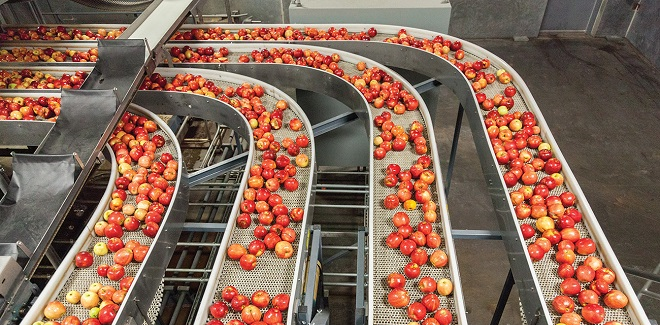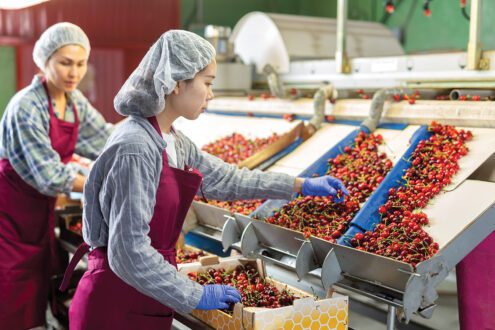

Jun 9, 2023Food Safety Culture: A foundation for best practices
The Food and Drug Administration (FDA) has a growing interest in looking at a company’s culture of food safety whether it’s a farm, packing and distribution operation or fresh-cut fruit and vegetable processor.
Officials from the FDA, USDA and private companies appeared on a panel May 11 at the Food Safety Summit in Rosemont, Illinois, in a session titled Measure What You Treasure — Assessing Food Safety Culture and Its Impact.


The FDA has no guidelines on assessing food safety cultures, and there’s no set of metrics to do so, said Conrad Choiniere, director of the office of analytics and outreach at the FDA Center for Food Safety and Applied Nutrition. While he wouldn’t go on the record whether the FDA plans to audit food safety culture at some point, he said that being able to could be useful.
“We could use it as a tool to help prioritize our efforts, around inspections, for example, or it could be used for informing how we might respond in the midst of a foodborne incident, thinking about how we could use it in a broader surveillance effort,” Choiniere said.
Hany Sidrak, deputy assistant administrator of the USDA’s Food Safety Inspection Service, said the agency sees a strong correlation between an establishment that has a strong food safety culture and how it performs during an inspection. He said the strength of that culture is evident in how employees follow process controls when they’re not being monitored, and how closely the company’s food safety plans are being followed throughout the organization.
Lone Jespersen, founder of Cultivate SA, a Swiss organization that helps companies measure their level of “food safety maturity,” said evaluating a company’s food safety culture must involve feedback.
“We want to know to an extent of how food safety measures are acted on as expected, and we have multiple measures to do that,” she said. “ … We also measure to understand the strength of the food safety mindset in individuals.”
Jespersen said “it’s remarkable” what one can learn by observing employees do their jobs, and using focus groups to ask simple food safety-related questions to build an awareness of the food safety culture.
She introduced Project Praedico, an independent and anonymous database of food safety performance measures to explore the correlation between food safety and culture maturity. By joining, the goal is for companies to strengthen their food safety programs, receive insight into developments of food safety measures and learn about drivers of food safety culture performance.


“I am scared out of my wits for the moment that we are getting into a space where food safety culture becomes, unfortunately, a compliance issue,” Jespersen said. “When it’s a compliance issue, we don’t get the behavioral changes we need.”
Treehouse Foods, a private label and contract manufacturer of foods, operates 27 plants, said Brian Perry, senior vice president of food safety and quality.
“As you can imagine, at each one of those facilities, as you have new people come in, they may be at different stages” in their food safety journey, Perry said.
To make desirable food safety outcomes inherent in the company culture, he said, they must fit the company’s values and employees must understand how they influence the food safety culture every day. Small peer groups are helpful, as are engagement surveys seeking direct feedback from employees, Perry said.
With more than 36,000 restaurants across the globe, McDonald’s has built its brand on trust, said Karleigh Bacon, director of U.S. supply chain food safety, science and regulatory for the fast food chain.
“And food safety culture is a great thing to talk about when you talk about trust,” she said. “When you enter a McDonald’s restaurant, you understand the quality, food safety and consistency you get with the food you are purchasing.”
McDonald’s has a three-legged approach to food safety: for corporate, owner-operators and suppliers. The company kicked off a review of its food safety culture in 2017, and over the following two years developed a strategy and assessment.
At the end of 2022, the company completed its second assessment with more than 11,000 participants from the three areas. McDonald’s is analyzing the data to see where improvements were made and what areas can be improved, Bacon said.
Engagement surveys alone, she said, are not good at gauging food safety culture.
“That doesn’t mean you can’t get information out of them to help you drive your culture, but they (alone) are not food safety culture assessments,” Bacon said.
The panel is the seventh in a series presented by the FDA and Alliance to Stop Foodborne Illness.
— Chris Koger, managing editor














